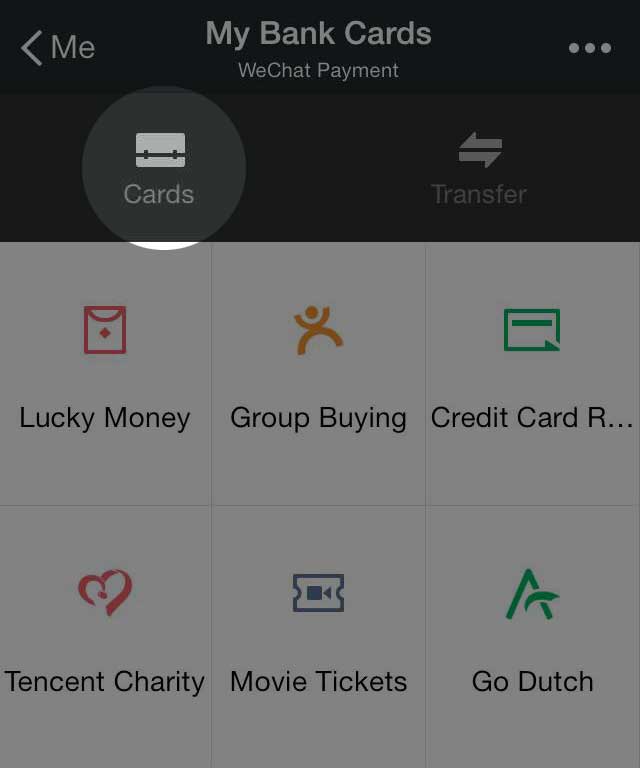
Unless you’re Apple with its credit-card ready iTunes, most messaging and other app platforms must work extra hard to get users to willingly share payment credentials. Similarly, for the merchant side of the marketplace, there is no incentive to dedicate marketing dollars and engineering resources to the platform in the first place if there’s not already an existing base of purchase-ready users.

This is largely enabled by the sheer amount of payments credentials attached to user accounts, which significantly reduces friction in transacting across the marketplace, both online and offline.īut how did WeChat resolve their “chicken-egg problem” - getting more users or more merchants on both sides of the marketplace without there being critical mass on either side at first? For getting the user side, it is no easier to type in your payment credentials into a messaging platform (for the first time) than it is to type it into a third-party merchant form to complete a transaction - no time is saved, no friction is removed. However you label it, WeChat is an entire ecosystem in and of itself, especially as it’s used in Asia. This is especially true of messaging apps like WeChat - which, as I’ve argued before, is not just a messaging app but is actually more of a portal, a platform, and a mobile operating system.

#TENCENT WECHAT PAY 800M SOFTWARE#
"WeChat Pay is just a payments product, so if the Chinese tourist wants to use it and the merchant wants to accept that, I think we have a market," Jie said.Network effects - where a product or service becomes more valuable to its users as more people use it - are one of the key ways software businesses maintain a better product and more defensible market position. Jie, for her part, said she was not worried because WeChat Pay offers a way for brands to tap lucrative Chinese tourists. WeChat is not a hardware product, but current U.S.-China tensions could potentially make stateside stores wary of accepting the platform at such a sensitive political time. government, the company suffered some damaged. Although that ban has now been lifted by the U.S. Telecommunications firm ZTE, for example, was banned from using U.S. market comes at a time when Chinese technology companies are getting caught in the crossfire of the U.S.-China trade war. We will choose the big merchants that Chinese tourists like, then, when it has showcased, we will try to expand it to small merchants," Jie said. "The first step we will choose some merchants which Chinese tourists like, just like some outlets and duty free, some famous restaurants, and maybe the next step we will try and find some smaller merchants, just like a supermarket, some convenience stores, some transportation (services) like taxis. Jie said the company is focused on signing up merchants that are popular with Chinese visitors. Tencent emphasized to CNBC this week that it does not have an exclusive partnership with any company. We need to do it step by step," she said.Ĭitcon, a mobile payments platform based in the United States, last year announced that it teamed with WeChat to bring WeChat Pay to North America. is a really big country and has a lot of merchants.
#TENCENT WECHAT PAY 800M FREE#
in the airport and in some duty free shops, they already accept WeChat Pay … because (the) U.S.

#TENCENT WECHAT PAY 800M TV#
after July you will see a lot of merchants will accept WeChat Pay in U.S.," Yin Jie, director of cross-border operation at WeChat Pay, told CNBC in an interview that aired on TV on Thursday. Instead, the company has been focused on signing up merchants in many countries to accept WeChat Pay so Chinese tourists can use the payments platform abroad.Īnd Tencent is gearing up to announce that many more stores in the U.S. Tencent has focused on expanding the payments service abroad, but it has stopped short of trying to create a local version of WeChat for other countries.


 0 kommentar(er)
0 kommentar(er)
